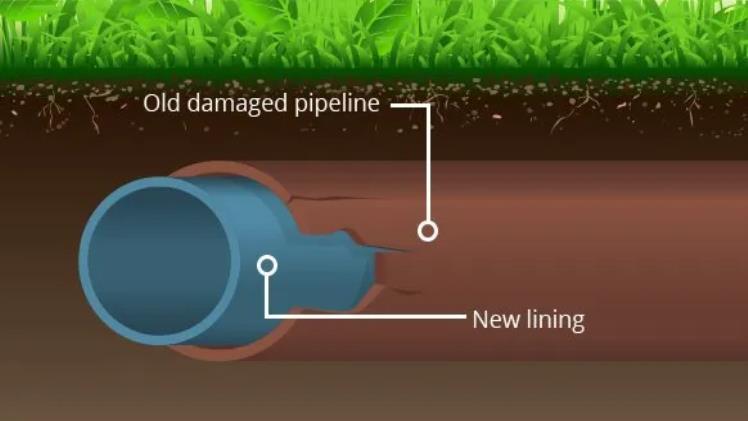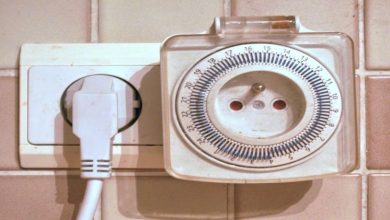Pipe Relining vs. Replacement: Making Informed Plumbing Choices

When it comes to dealing with deteriorating or damaged pipes, homeowners are often faced with the dilemma of whether to opt for pipe relining vs replacement. Both options have their merits and drawbacks, and understanding the nuances of each can help make an informed decision. In this blog post, we’ll delve into the key differences between pipe relining and replacement, exploring the benefits, costs, and factors to consider when choosing the best solution for your plumbing woes.
Pipe Relining: A Modern Solution for Longevity and Minimal Disruption
What is Pipe Relining?
Pipe relining, also known as trenchless pipe repair, is a cutting-edge technique that involves rehabilitating existing pipes without the need for extensive excavation. This method is particularly advantageous for homeowners who wish to avoid disrupting their landscapes, driveways, or structures while resolving pipe issues.
How Does Pipe Relining Work?
- Inspection: First, a thorough inspection of the damaged pipe is conducted using cameras and other advanced technologies to assess the extent of the damage and pinpoint problem areas.
- Cleaning: The pipe is cleaned to remove any debris, rust, or blockages that might hinder the relining process.
- Lining Installation: A flexible liner coated with epoxy resin is inserted into the damaged pipe. The liner is then inflated and pressed against the interior walls of the pipe. The epoxy resin is cured, creating a new, durable inner lining that seals cracks, holes, and leaks.
- Final Inspection: After the resin has cured, another inspection is carried out to ensure the effectiveness of the relining process.
Benefits of Pipe Relining
- Cost-Effective: Pipe relining is often more cost-effective than traditional pipe replacement, especially when considering the reduced labor and excavation costs.
- Minimal Disruption: Since there is no need for extensive digging, landscaping and structures remain largely untouched.
- Durability: The epoxy resin lining can extend the life of the pipe by decades and is resistant to corrosion and root intrusion.
- Time Efficiency: Pipe relining typically takes less time to complete compared to traditional pipe replacement.
Pipe Replacement: A Comprehensive Solution for Deep-Seated Problems
What is Pipe Replacement?
Pipe replacement involves removing the old, damaged pipe and installing a new one in its place. This method is necessary when the existing pipes are severely corroded, collapsed, or have numerous irreparable issues.
How Does Pipe Replacement Work?
- Excavation: Trenches are dug to access the damaged pipes. This excavation process can be extensive and might require removing landscaping, driveways, or other structures.
- Pipe Removal: The old pipe is removed, and a new pipe is installed in its place.
- Backfilling: Once the new pipe is in place and secured, the trenches are backfilled, and any landscaping or structures that were removed are restored.
Benefits of Pipe Replacement
- Complete Resolution: Pipe replacement is necessary for pipes with extensive damage that cannot be effectively repaired with relining.
- Long-Term Solution: New pipes offer a long-term solution and can last for several decades.
- Performance Improvement: Replacement pipes can often improve water flow and prevent recurring issues.
Factors to Consider When Choosing
Extent of Damage: The severity of the pipe damage plays a significant role in determining whether relining or replacement is the better option.
Budget: Pipe relining is often more cost-effective, but replacement might be necessary for severely damaged pipes.
Time Constraints: If time is of the essence, relining is usually a quicker solution.
Property Disruption: Consider how much disruption you’re willing to tolerate in terms of excavation and potential landscape damage.
Conclusion
Both pipe relining and replacement have their own advantages and are suited for different scenarios. While pipe relining is a modern, minimally disruptive solution that can extend the life of existing pipes, pipe replacement is necessary for cases of severe damage. Assessing the extent of the damage, budget, and personal preferences will help you make an informed choice that ensures the longevity and efficiency of your plumbing system. Consulting with a professional plumber can also provide valuable insights tailored to your specific situation.





